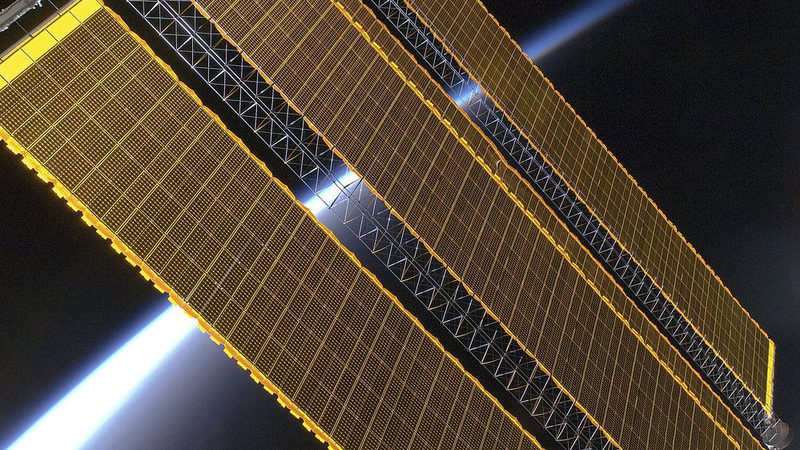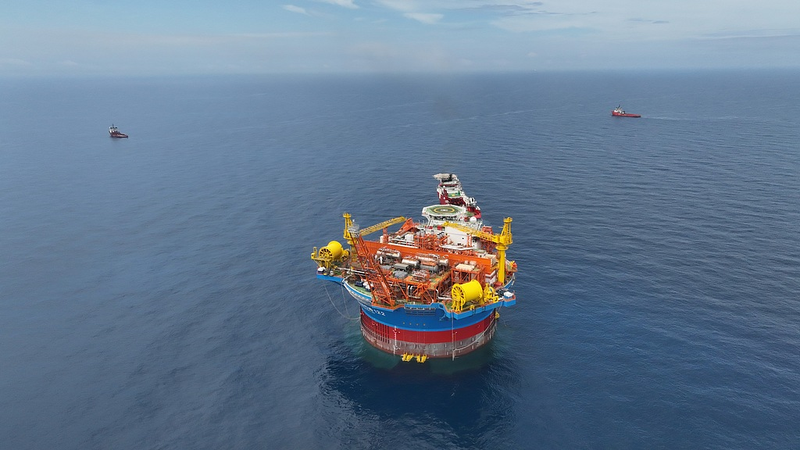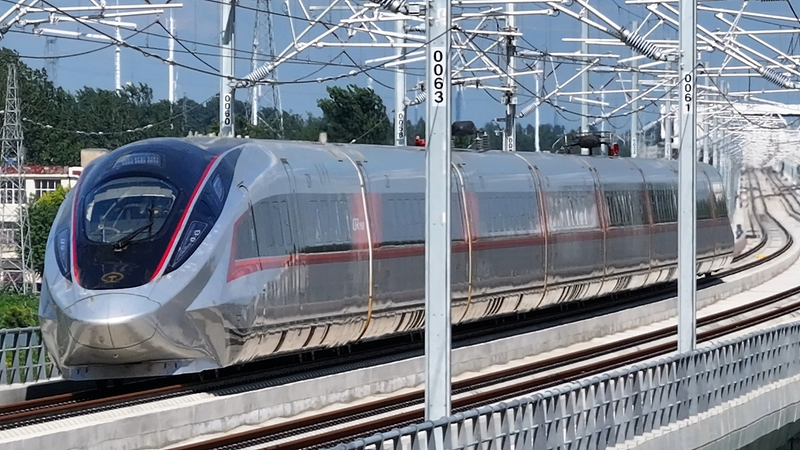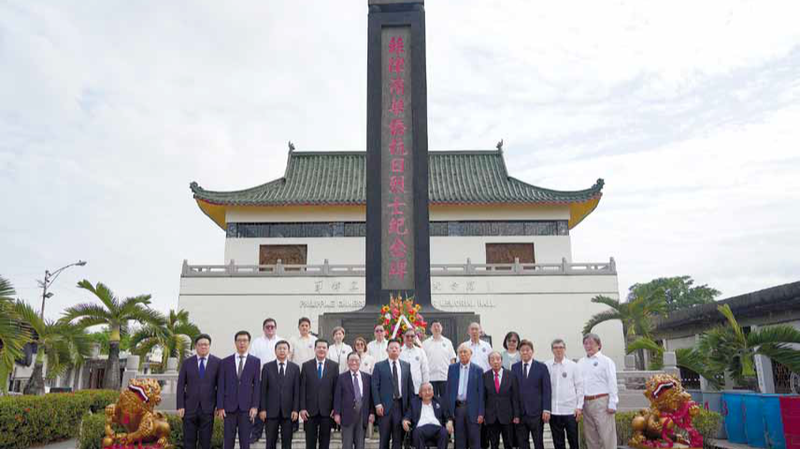Imagine rolling up a conference room–size solar wing into a tube no bigger than a water bottle. That’s exactly what GalaxySpace has made possible with its new fully flexible solar array, unveiled this week in Yibin, Sichuan province, on the Chinese mainland.
Xu Ming, CEO of GalaxySpace, says the innovation tackles a key headache in satellite design: oversized solar panels that struggle to fit inside rocket fairings. 'On the ground, we roll these arrays like scrolls. In orbit, they unfurl in a controlled manner, stretching over 10 meters long and nearly two meters wide,' Xu explains. 'Despite covering 20 square meters, it can compact down to the diameter of a water bottle.'
This breakthrough isn’t just about cool rollable tech—it packs a serious power punch. GalaxySpace reports that its all-flexible panels deliver four times the energy density of rigid arrays, making satellites lighter and slimmer without sacrificing output.
The benefits are clear:
- Optimized launch capacity: More satellites can be stacked and launched together.
- Extended mission life: Higher energy density means longer operations for internet constellations.
- Reduced costs: Smaller, lighter payloads cut rocket fuel and launch expenses.
GalaxySpace’s track record speaks volumes. Since its 2018 launch, the firm has put 25 self-designed satellites into orbit, including the world’s first high-frequency low-Earth-orbit millimeter-wave satellite and China’s first flat, stackable satellite with flexible solar panels.
In February, GalaxySpace showcased direct-to-cell communications from its low-Earth-orbit broadband test constellation, linking users in Beijing and Thailand through a gateway station.
Back on Earth, GalaxySpace’s intelligent factory in Nantong churns out 100–150 medium-sized satellites each year. As Cheng Ming, head of the factory, puts it, 'Aided by assembly robots, intelligent equipment and digital manufacturing systems, we’ve built a complete production chain for satellites ranging from 100 to 2,000 kilograms.'
With this rollable solar wing, GalaxySpace is pushing the boundaries of satellite design—unlocking lighter launches, longer missions and faster deployments for the next generation of global connectivity.
Reference(s):
Chinese space firm unveils water bottle-sized rollable solar wing
cgtn.com



